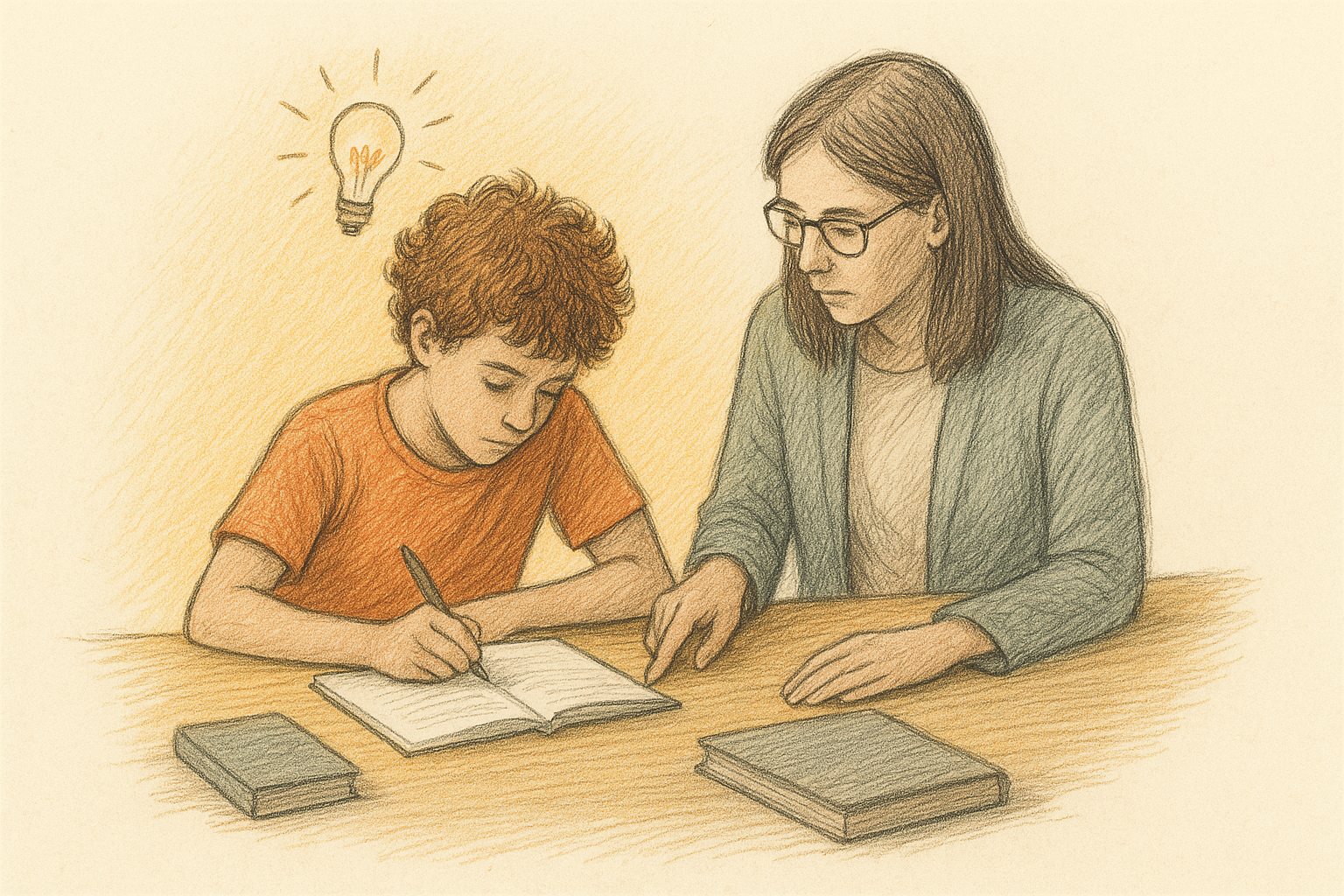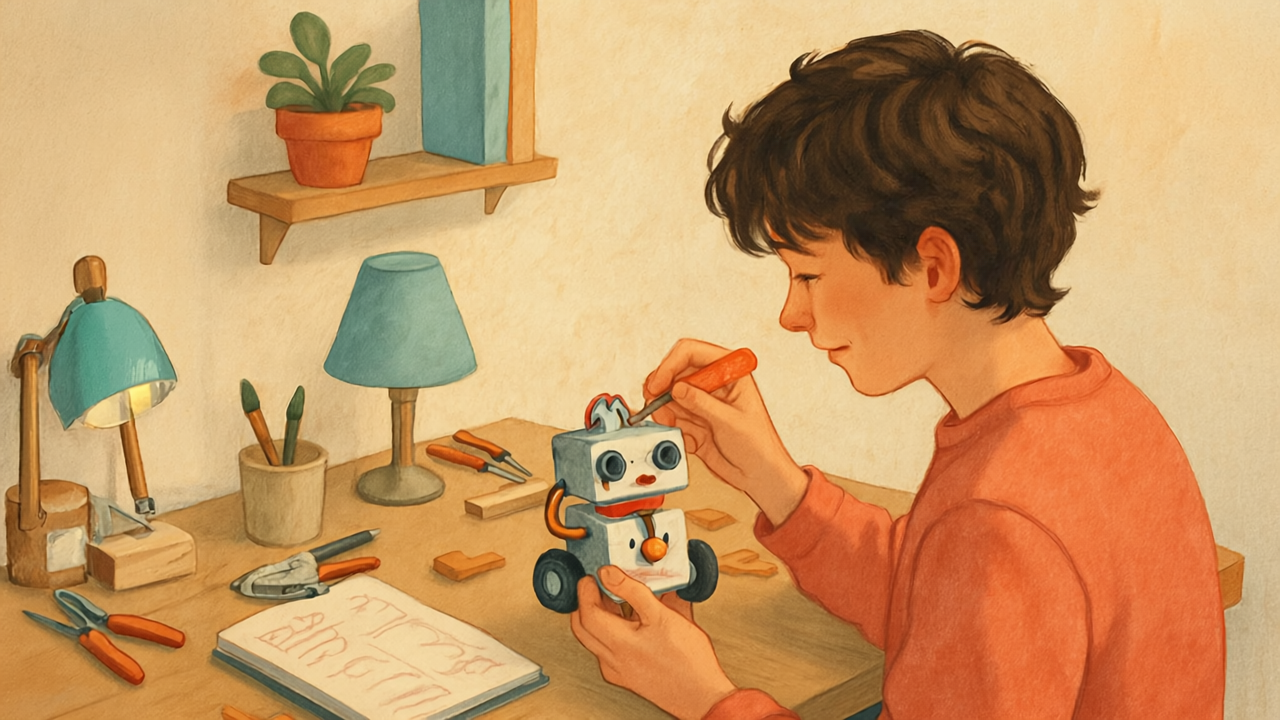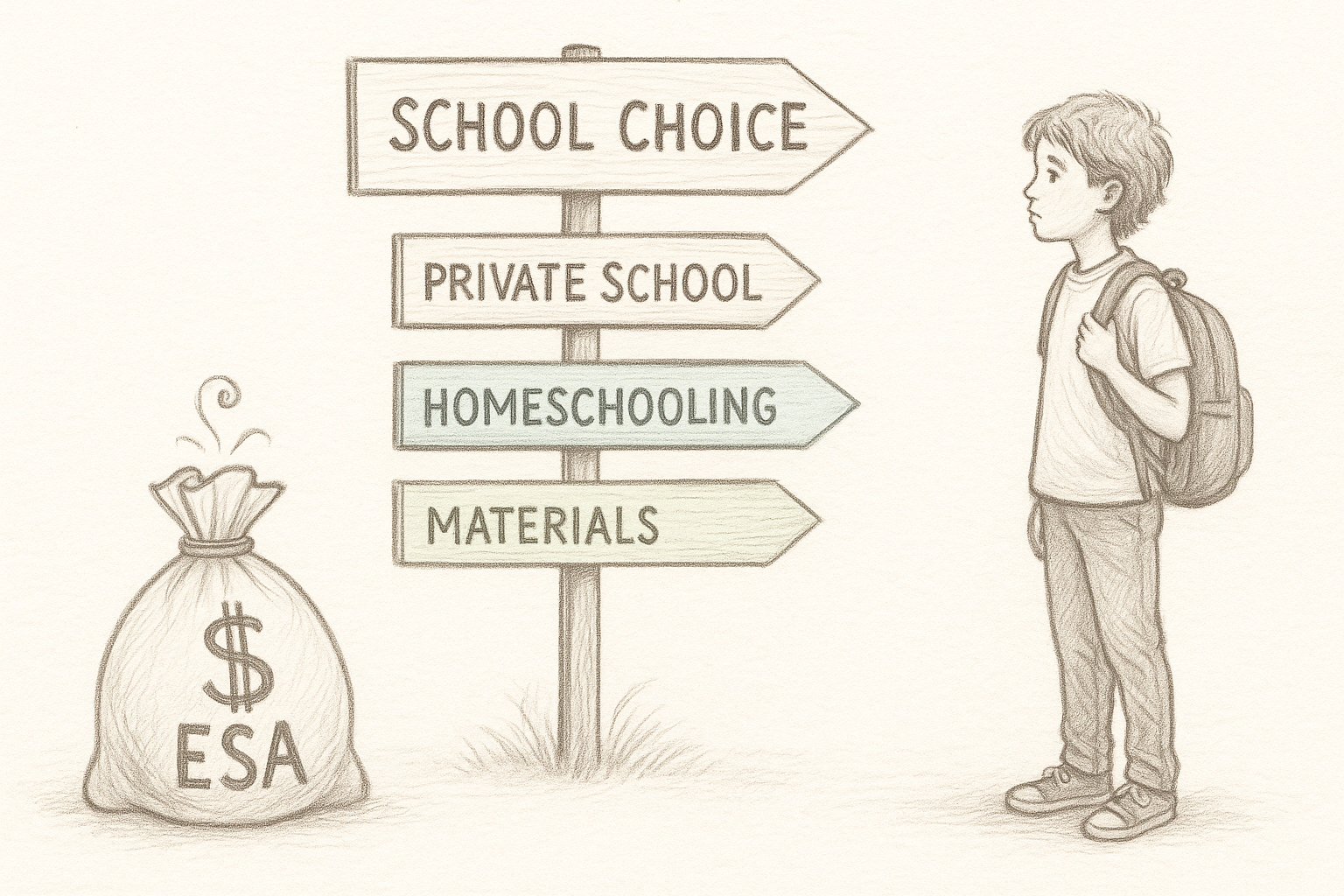No learner is the same. Although the theory of Learning Styles has been mostly debunked, it is true that we all learn in myriad and different ways. Some of us learn in very different ways. For these neurodiverse learners, traditional classroom instruction, in which the teaching style is generally aimed at the average learner (by necessity), can really backfire.
Understanding Neurodiversity
Neurodiversity is a term that describes the range of neurological differences that exist in people. Students with neurodiversity learn, think, and process information differently than those who are called neurotypical. Neurodiverse learners have different strengths and challenges, depending on the situation. Diagnoses can include dyslexia (difficulty reading), dyspraxia (difficulty with coordination), dyscalculia (difficulty with numbers), dysgraphia (difficulty with writing), and Attention Deficit Hyperactivity Disorder (ADHD). Some neurodiverse students are on the autism spectrum or have sensory processing issues.
Neurodiversity, as a concept, embraces the idea that these neurological differences are a natural and valuable part of human diversity. It acknowledges that individuals have unique ways of thinking, learning, and experiencing the world. Instead of pathologizing these differences, the neurodiversity paradigm celebrates them as variations of human cognition and neurology.
In education and learning it’s critical to understand these variations and then tune learning to them.
Assessment and Testing for Neurodiverse Learners
The first step for parents of neurodiverse learners is to get them assessed in order to understand their strengths and challenges in learning environments. Getting a proper assessment is a crucial step in providing neurodiverse learners with the support they need to thrive. Various assessments and tests can be conducted to identify the strengths and challenges of neurodiverse individuals. These assessments are typically administered by psychologists, educational specialists, or other qualified professionals. Some common assessments include:
Autism: The Autism Diagnostic Observation Schedule (ADOS) and the Autism Diagnostic Interview-Revised (ADI-R) are widely used tools to diagnose autism. They assess communication skills, social interaction, and repetitive behaviors.
Attention Deficit Hyperactivity Disorder (ADHD): ADHD is often diagnosed using clinical interviews, behavior rating scales, and cognitive assessments, based on criteria from the Diagnostic and Statistical Manual of Mental Disorders (DSM-5).
Dyslexia and other Learning Challenges: Psychologists and learning specialists use a range of tools to diagnose learning disorders. For dyslexia, specialists often use the Phonological Awareness Literacy Screening (PALS) and the Comprehensive Test of Phonological Processing (CTOPP).
Teacher Training
Neurodivergent students often face unique challenges in school. Executive functioning skills, such as organization and time management, can be a source of frustration and struggle, which bleed into academic struggles.
One key piece of the puzzle is pairing students with teachers who have specialized training in neurodiversity. For example, some teachers go through ADHD training with organizations like the ADD Coach Academy to become certified ADHD coaches. Others might pursue special education certification, which includes coursework on teaching students with disabilities, including neurodiverse learners. While still others do Universal Design for Learning (UDL) training, which covers the gamut of teaching practices that benefit neurodiverse students.
At Cicero, many of our teachers have these certifications, training, and years of classroom experience with neurodiverse learners. A core piece of what we do is match the learner with the right teacher.
The Power of One-to-One Learning
One of the biggest levers we have with neurodiverse learners is class size, and the ideal size for many neurodiverse students is … one. In a one-to-one setting a teacher is able to completely, 100% focus on the learner in front of them, meet that learner where they are, and personalize the curriculum, plan, and delivery in a way that best suits their unique need. This is a super power in any learning situation; it’s transformative with neurodiverse learners.
One-to-one learning unlocks the ability to build a tailored curriculum, which can be customized to match the neurodiverse child’s learning style, pace, and interests. This flexibility, in turn, ensures that the material is engaging and accessible.
Neurodiverse learners often require specific support strategies, which can be hard or impossible to effect in a classroom. In a one-to-one setting, however, a teacher can provide personalized guidance, accommodations, and interventions as needed, and when needed.
Additionally, classrooms can be overwhelming for neurodiverse students. A one-to-one setting reduces distractions, allowing the learner and teacher to connect—often on a deep, emotional level—and build focus.
Lastly, flexible scheduling can accommodate a neurodiverse student’s varying energy levels and attention spans throughout the day
Neurodiverse learners bring a unique set of challenges that, in many ways, traditional educational formats are incapable of fully addressing. They require support, personalized attention, and the ability of a master teacher to connect and build curriculum around their needs. Luckily we live in a time when this is finally possible.







